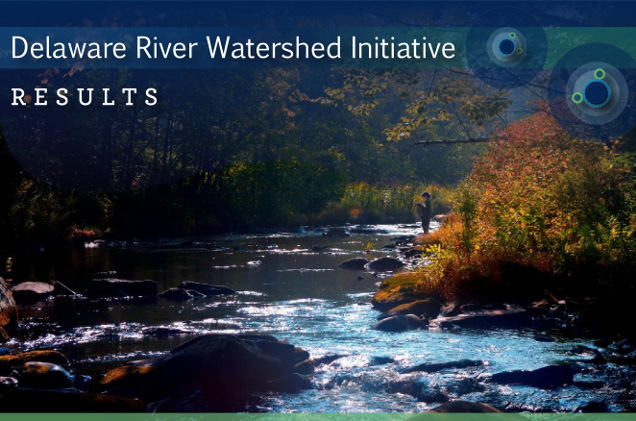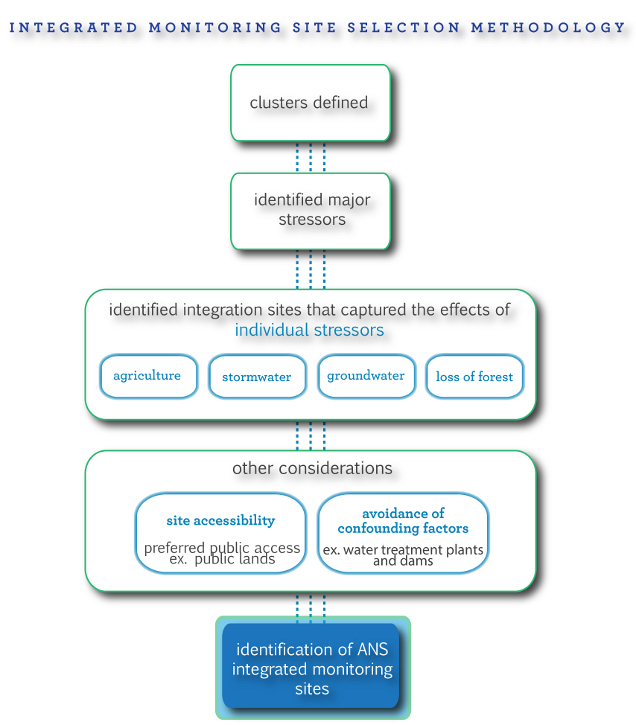
Cluster Characterization

The DRWI is focused on eight priority regions where actions have the potential to positively affect water quality. In particular, these eight regions (or “clusters” of sub-watersheds) have been identified based on the ecological conditions of the watershed and on the existing institutional and organizational capacity to implement conservation actions.
To set the context for this work, Academy scientists have been evaluating current ecological conditions of the eight clusters. For the first segment of the assessment, researchers have assembled a variety of data that have been collected, largely by government agencies, through the Delaware Basin. These existing data sets were used to describe ecological conditions in the eight focal sub-watershed clusters.
Based on existing data, Academy scientists have been able to describe the overall quality, stressors, and threats in each cluster. Detailed methods and results are available in the Cluster Characterization Report (download PDF, 69 MB).
Integrative Monitoring Sites

In 2013, researchers and field crews from the Academy of Natural Sciences in collaboration with Stroud Water Research Center identified sampling sites that would represent the subwatershed clusters in terms of typical conditions (stressors or natural conditions) and that encompassed a high percentage of the drainage areas. The information from these sites is expected to provide a baseline picture of the aquatic assemblages that are present in the clusters, so that in the coming years they can be related to assemblages close to restoration and protection projects to evaluate change.

The composition of the biotic community at a given site can indicate natural to stressed ecological gradients and can also show separation according to stressor type (nutrients, flow alteration, degraded habitat, urban inputs) or variations due to climate, geology, etc. Different groups of organisms can indicate different types and amounts of impacts of human disturbance. At the integrative sites, scientists have sampled fish, salamanders, macroinvertebrates, algae, and stream water and have additionally assessed in-stream habitat and riparian forest conditions. Using these data, they are developing an indicator set that will uniquely identify stressor types and degree of impact within the Delaware River Watershed.